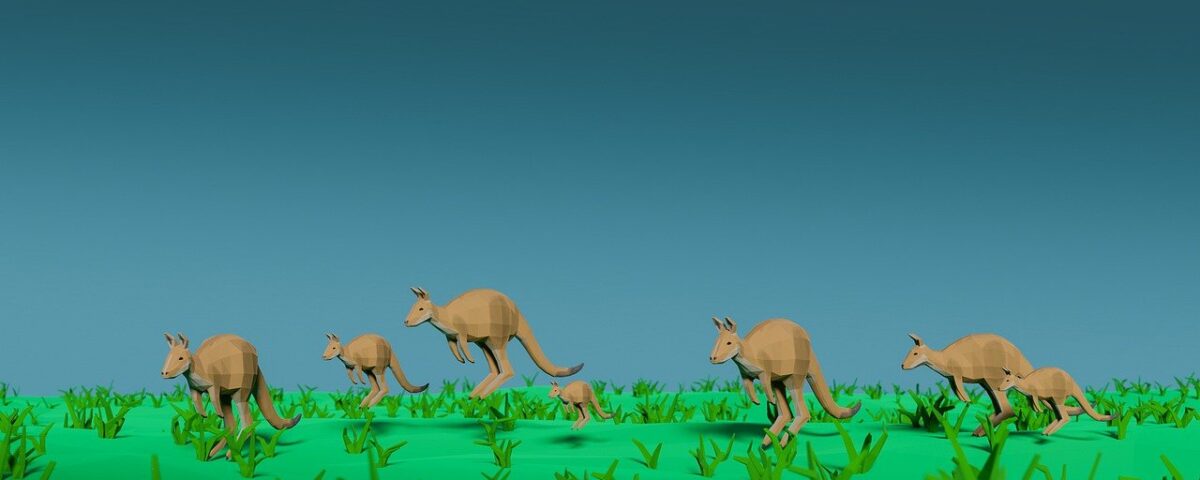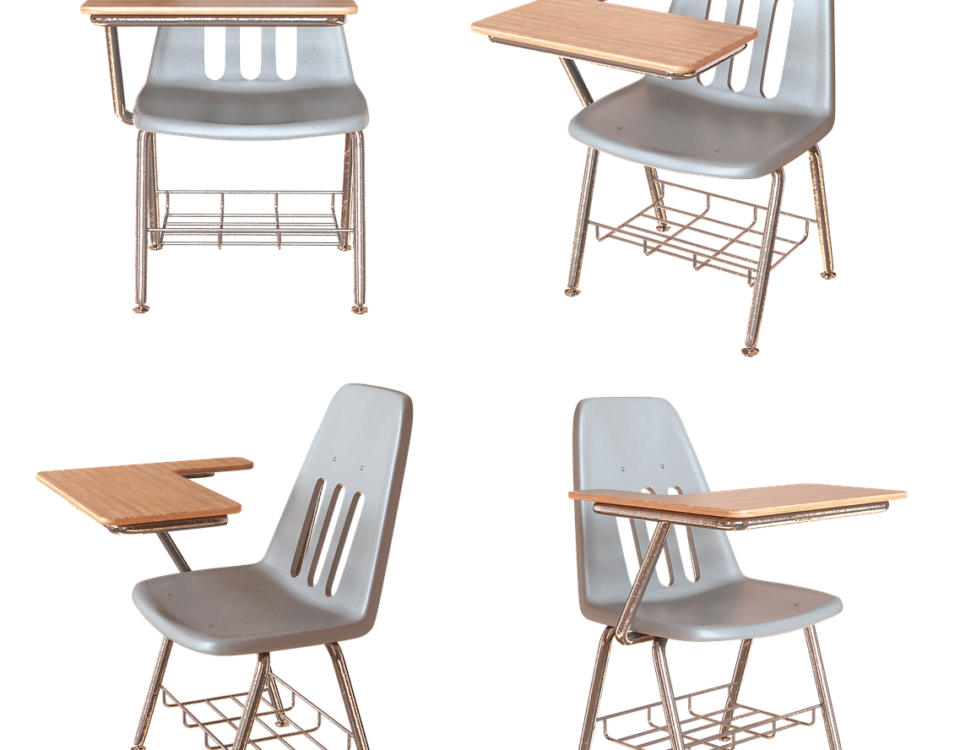Sand Casting: Advancements in Wood Pattern Making with Rapid Prototyping Technology

Lost Wax Casting: A Precision Metal Casting Process
February 18, 2025
Gypsum Mold Casting: Efficient Production of High-Quality Metal Parts
February 18, 2025Sand casting is a widely used metal casting process that involves creating a mold from a mixture of sand and a bonding agent, into which molten metal is poured to create the final product. The traditional method of making wood patterns for sand casting has long been a manual process, which typically involves long production cycles and low precision. However, the emergence of Rapid Prototyping (RP) technologies has significantly improved the accuracy and speed of producing wood patterns for sand casting, especially when dealing with complex shapes designed using CAD (Computer-Aided Design).
Traditional Wood Pattern Making for Sand Casting
In conventional sand casting, the wooden pattern serves as the core of the mold. The pattern is first created in the shape of the final part and then used to form a cavity in the sand mold. Historically, the manual fabrication of these wooden patterns has been time-consuming and prone to human error, resulting in low accuracy and increased production time. This is especially problematic when dealing with complex curvatures or intricate designs, such as those found in certain machine parts or components.
For example, consider a machine tool handle made of cast iron, which typically features a complex, curved surface. Fabricating the wooden pattern for this part manually is a challenging and labor-intensive task. The low precision of traditional methods also means that the final mold might not accurately reflect the design specifications, leading to defective castings and the need for extensive post-production work.
The Role of Rapid Prototyping in Sand Casting
The advent of Rapid Prototyping (RP), particularly layered additive manufacturing technologies, has revolutionized the way wood patterns for sand casting are produced. These technologies allow manufacturers to quickly and accurately create complex patterns directly from a CAD model.
The RP process involves layer-by-layer building of the pattern material (which is typically a form of wax, resin, or plastic), following the precise specifications of the CAD model. This method overcomes many of the limitations of traditional manual pattern making:
- Improved Accuracy: With RP, the pattern is made with much higher precision than is possible with handcrafting methods, ensuring that the final casting closely matches the intended design.
- Faster Production Time: The time it takes to create a wood pattern is dramatically reduced. This speeds up the overall sand casting process and helps meet tighter production deadlines.
- Complexity Handling: RP technologies allow for the easy creation of complex geometries that would be nearly impossible or prohibitively expensive to produce manually. This is particularly advantageous when working with parts that have intricate curves, sharp angles, or detailed features.
- Cost-Effectiveness: While RP technology may involve higher initial setup costs, the reduction in labor, material waste, and rework ultimately makes it more cost-effective, especially for small to medium production runs.
Case Study: Machine Tool Handle
Let’s take a machine tool handle, which is typically cast in cast iron and requires complex surface details and internal features. Traditionally, creating the wooden pattern for this part would be a time-consuming manual process that requires high skill but still lacks precision. The RP process, particularly using layered additive manufacturing, allows for the direct creation of the wooden pattern from a CAD design, without the need for manual carving or adjustments.
With RP, the pattern is produced with high precision, reducing errors and eliminating the need for manual adjustments. The complex surface shapes and internal structures are easily captured, and the final pattern is ready to be used in sand casting. This allows the manufacturer to produce the part faster and more accurately, significantly reducing the time required for prototyping and production.
Benefits of Using RP for Sand Casting Wood Patterns
- Faster Lead Times: The ability to quickly create accurate wood patterns speeds up the sand casting process, making it easier to meet tight deadlines and reduce overall production time.
- Enhanced Precision: The RP process ensures that wood patterns are made with much higher accuracy, which translates into more precise metal castings. This is particularly important for parts that need to meet strict tolerances or fit within tight assemblies.
- Complex Design Capability: RP technology can easily accommodate complex and intricate designs that would be difficult or impossible to achieve with traditional methods. This opens up new possibilities for creating innovative products with intricate features and geometries.
- Reduced Costs: By eliminating the need for labor-intensive manual work and reducing material waste, RP can ultimately lower production costs. The technology also eliminates the need for costly rework or corrections that may occur due to inaccurate patterns.
Conclusion
The integration of Rapid Prototyping technology into sand casting has transformed the way wood patterns are produced. By enabling faster, more precise, and more complex pattern creation, RP offers significant advantages over traditional manual methods. Whether producing machine tool handles, automotive components, or aerospace parts, the ability to create high-accuracy patterns quickly and cost-effectively allows manufacturers to meet increasing demands for faster production times and higher quality products. Rapid Prototyping has thus proven itself to be a vital tool in the advancement of sand casting and continues to shape the future of metal casting industries worldwide.


